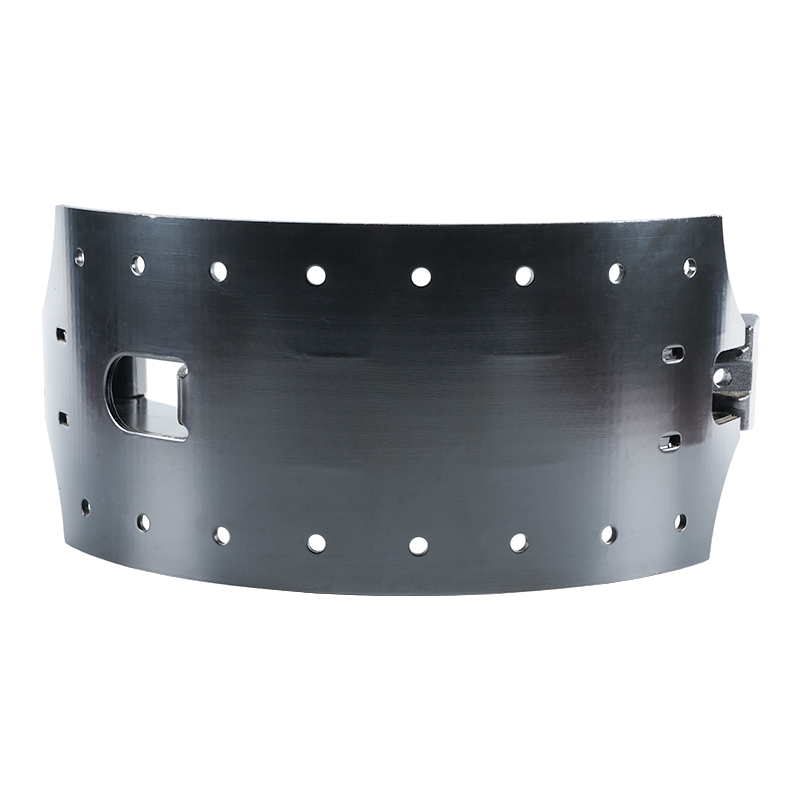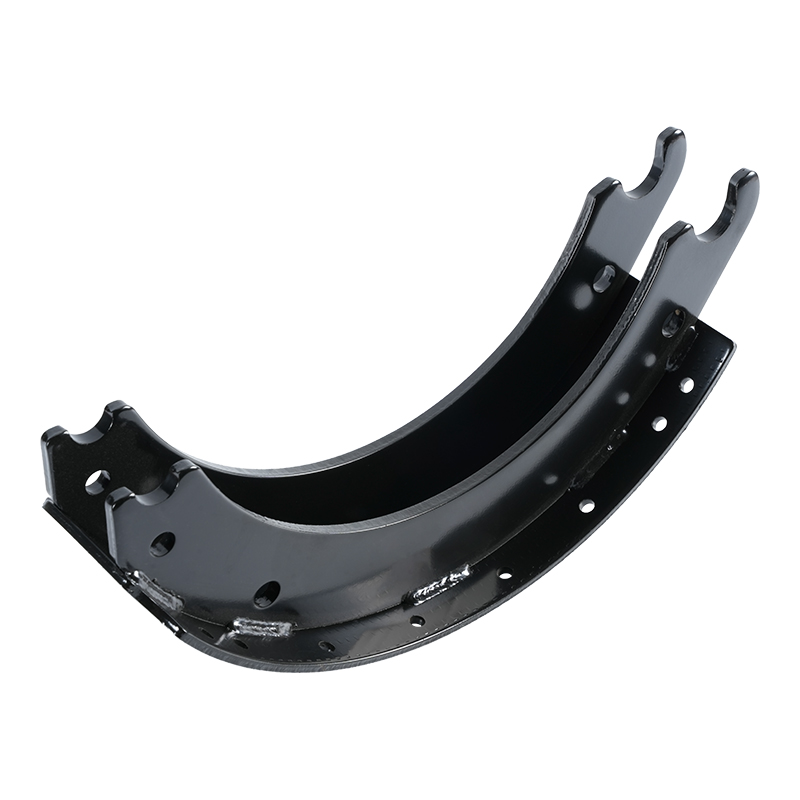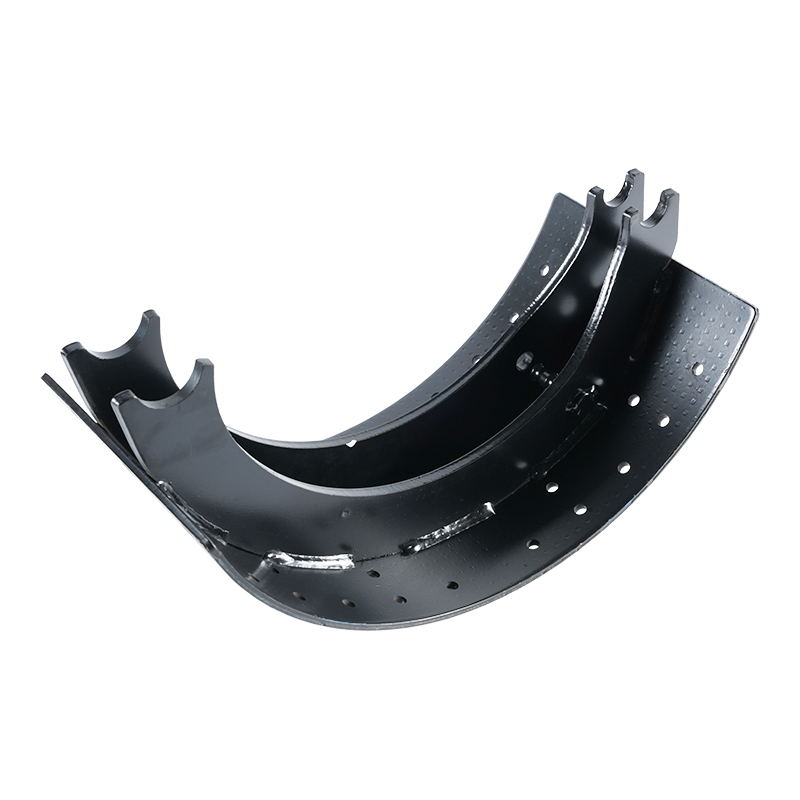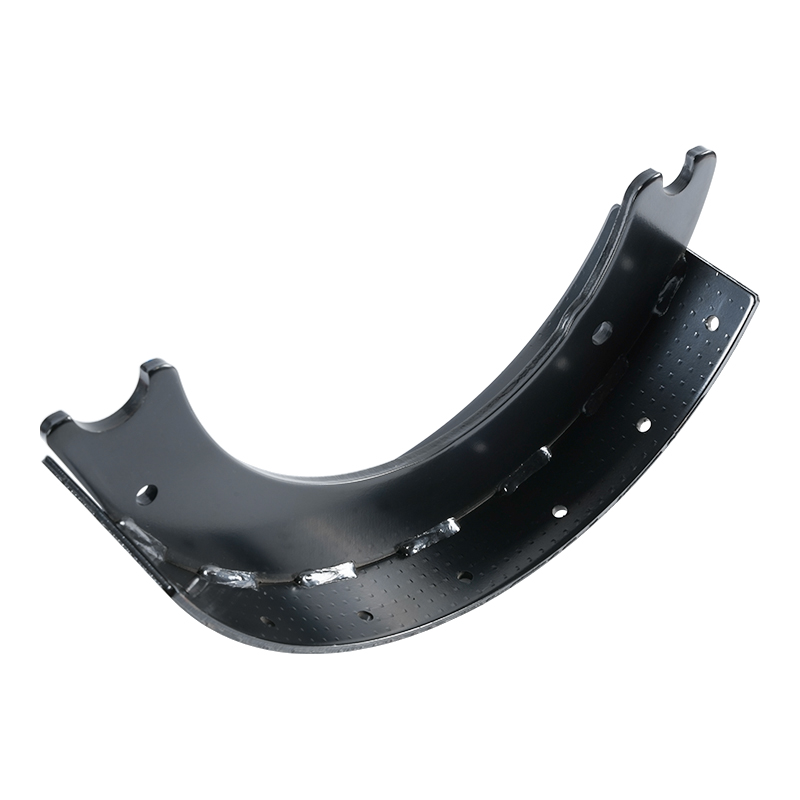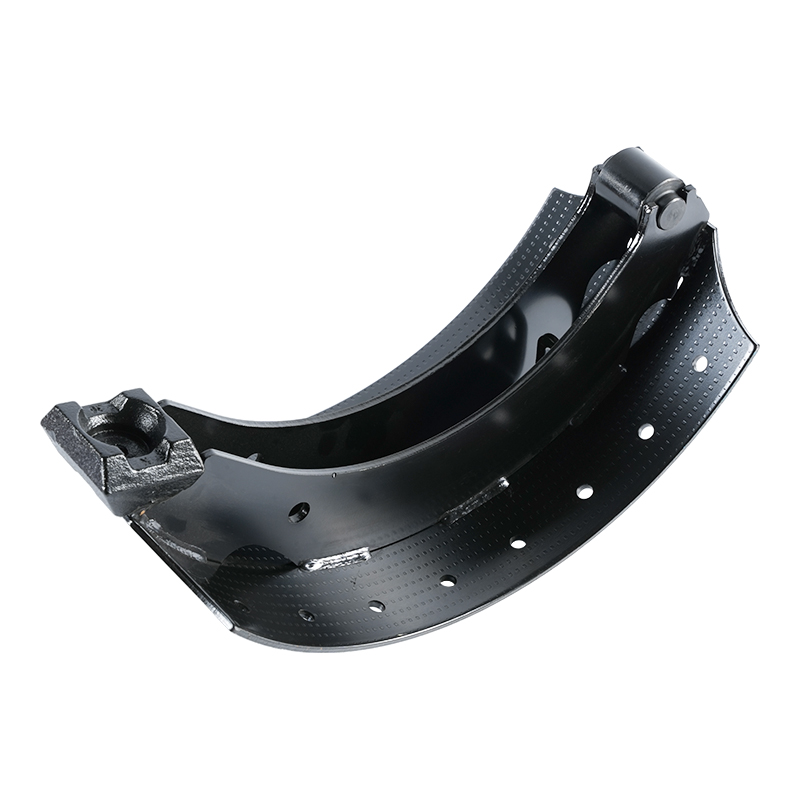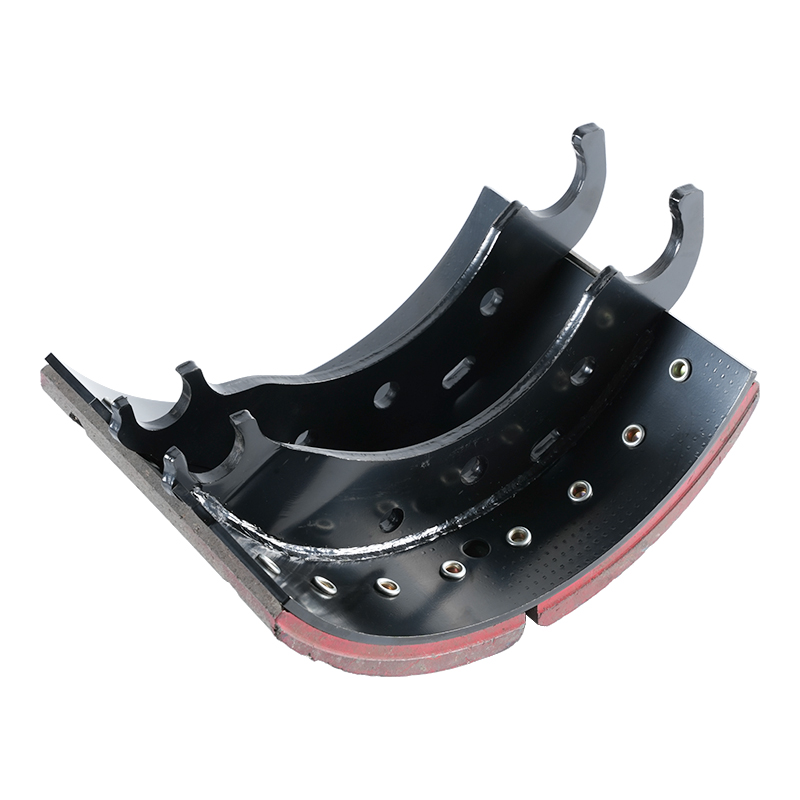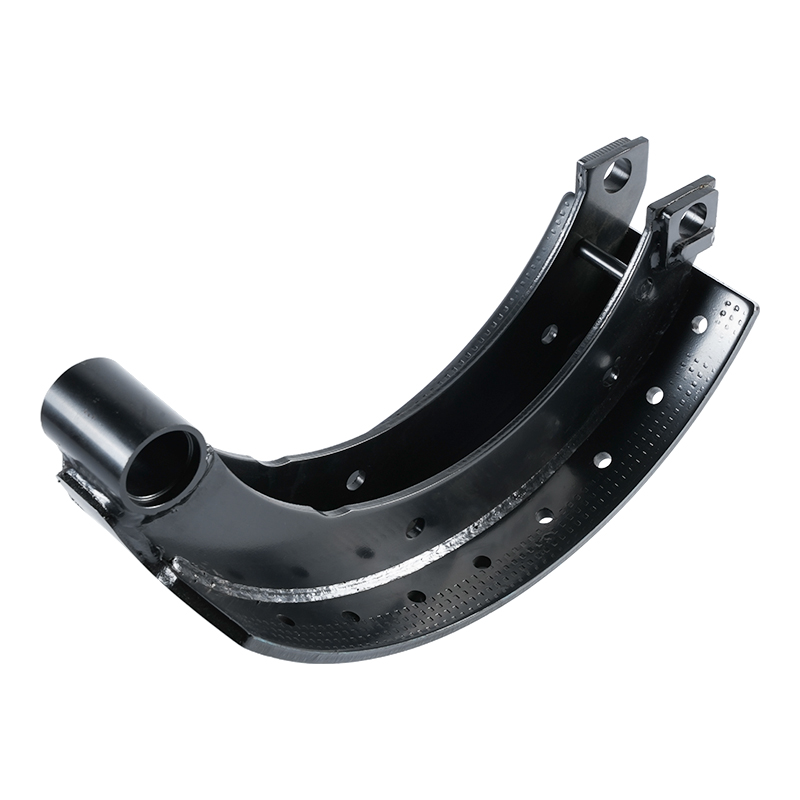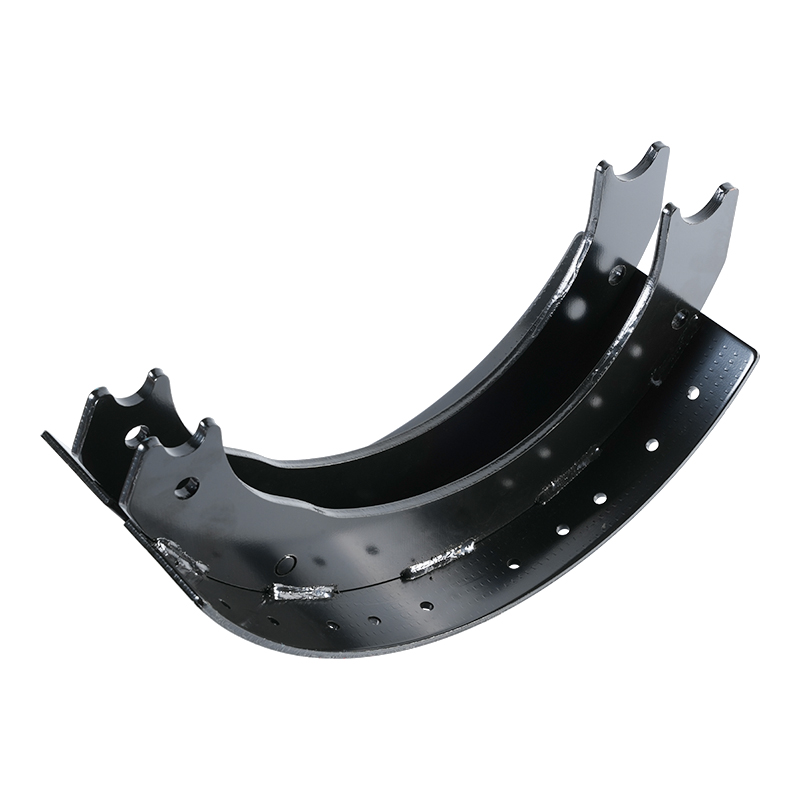What are the different types of brake linings?
 2025.09.01
2025.09.01
 Industry News
Industry News
Types of Brake Linings
The brake system is a critical component of vehicle safety, and brake linings are an essential part of it. They make direct contact with the brake drum, using friction to convert the vehicle's kinetic energy into heat, which slows down or stops the vehicle. As automotive technology has advanced, various materials and structures for brake linings have emerged to meet the demands of different vehicle types and driving conditions.
Organic Non-Asbestos (NAO)
Organic Non-Asbestos (NAO) brake linings are the most common type used today. This material is primarily a mix of non-asbestos substances like glass, cellulose, carbon, rubber, and resins.
-
Pros: These brake linings are quiet, cause minimal wear on brake rotors, and are relatively inexpensive. They perform well under normal daily driving conditions, providing smooth and consistent braking.
-
Cons: Their heat resistance is relatively poor, and their performance can decline during high-temperature or continuous braking, making them unsuitable for high-performance or heavy-duty vehicles. They also tend to produce a significant amount of dust that can dirty the wheels.
Semi-Metallic
Semi-metallic brake linings are made from a mixture of 30% to 65% metallic materials (such as steel, iron, or copper) combined with graphite, friction modifiers, and fillers.
-
Pros: Due to their high metal content, these brake linings offer excellent heat dissipation and resistance, maintaining stable braking power even under extreme conditions. They are very durable and can withstand high-intensity braking.
-
Cons: These brake linings can be noisy and may require more time to warm up to achieve optimal performance in low temperatures. Their higher hardness also causes more wear on brake rotors compared to NAO types.
Ceramic
Ceramic brake linings are made from a blend of ceramic fibers, non-metallic fillers, binding agents, and a small amount of copper fibers. They contain no metal components.
-
Pros: The main advantages of ceramic brake linings are their superior performance and cleanliness. They provide smooth, quiet braking and produce very little dust. The dust they do create is light-colored, so it's less noticeable on wheels. They also offer excellent heat resistance and durability, leading to a longer lifespan.
-
Cons: Ceramic brake linings are more expensive to manufacture and purchase than other types. In extremely cold weather, their braking effect may not be as immediate as semi-metallic linings.
Sintered Metallic
Sintered metallic brake linings are typically used in race cars, heavy-duty trucks, and certain off-road vehicles. They are created by high-temperature sintering of various metal powders like copper, iron, and nickel.
-
Pros: These brake linings excel under high-temperature and high-intensity braking, providing extremely strong braking force and wear resistance. They are ideal for use in extreme conditions.
-
Cons: Their braking performance is poor at low speeds and temperatures, and they are very noisy. Due to their extreme hardness, they also cause severe wear on the brake drums. Therefore, they are not suitable for daily-use passenger vehicles.
Choosing the right brake linings is crucial for ensuring vehicle safety. Each type has its own pros and cons, and vehicle owners should select the best product based on their driving habits, vehicle type, and typical driving environment. When replacing them, it's always best to consult a professional technician to ensure correct installation and achieve optimal braking performance.

 Eng
Eng  中文简体
中文简体
